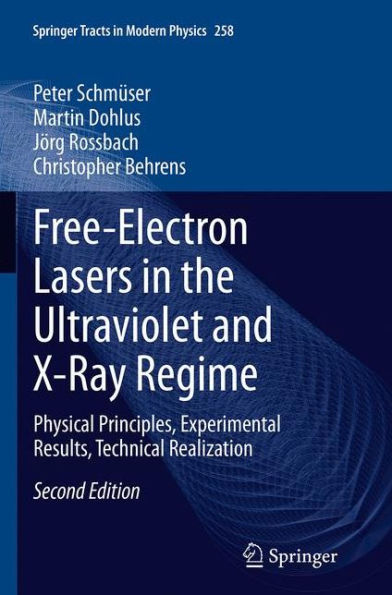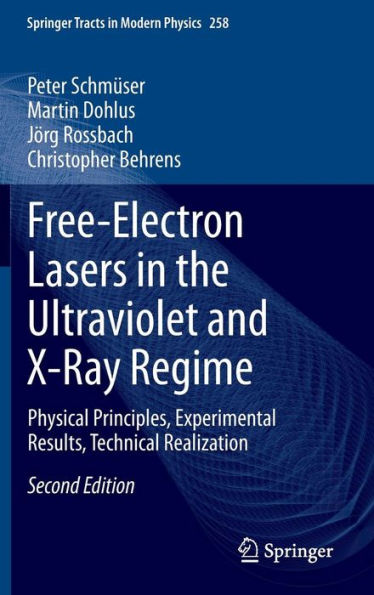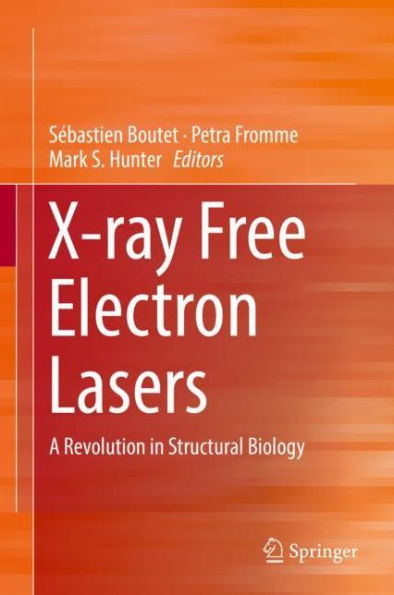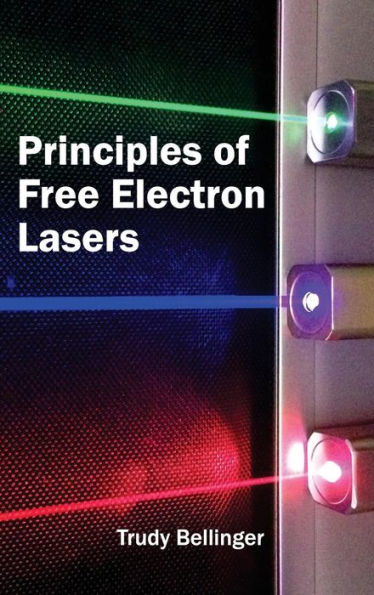Home
Ultraviolet and Soft X-Ray Free-Electron Lasers: Introduction to Physical Principles, Experimental Results, Technological Challenges / Edition 1
Barnes and Noble
Ultraviolet and Soft X-Ray Free-Electron Lasers: Introduction to Physical Principles, Experimental Results, Technological Challenges / Edition 1
Current price: $169.99
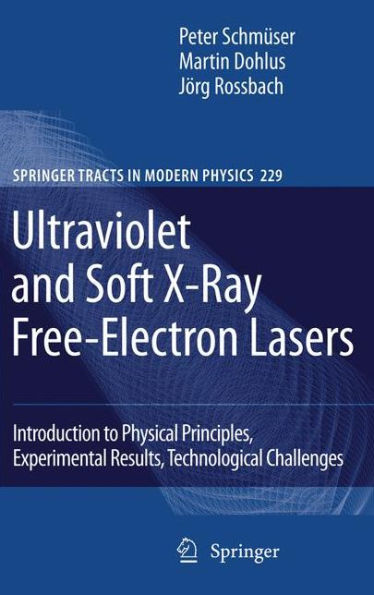

Barnes and Noble
Ultraviolet and Soft X-Ray Free-Electron Lasers: Introduction to Physical Principles, Experimental Results, Technological Challenges / Edition 1
Current price: $169.99
Size: OS
Loading Inventory...
*Product information may vary - to confirm product availability, pricing, shipping and return information please contact Barnes and Noble
The high scientific interest in coherent X-ray light sources has stimulated world-wide efforts in developing X-ray lasers. In this book a particularly promising approach is described, the free-electron laser (FEL), which is p- sued worldwide and holds the promise to deliver ultra-bright X-ray pulses of femtosecond duration. Other types of X-ray lasers are not discussed nor do we try a comparison of the relative virtues and drawbacks of different concepts. The book has an introductory character and is written in the style of a university textbook for the many newcomers to the fieldoffree-electronlasers, graduate students as well as accelerator physicists, engineers and technicians; it is not intended to be a scientific monograph for the experts in the field. Building on lectures by one of us (J. R.) at the CERN Accelerator School, and motivated by the positive response to a series of seminars on “FEL t- ory for pedestrians”, given by P. S. within the framework of the Academic Training Program at DESY, we have aimed at presenting the theory of the low-gain and the high-gain FEL in a clear and concise mathematical language. Particular emphasis is put on explaining and justifying the assumptions and approximations that are needed to obtain the differential equations descr- ing the FEL dynamics. Although we have tried our best to be “simple”, the mathematical derivations are certainly not always as simple as one would like them to be. However, we are not aware of any easier approach to the FEL theory. Some of the more involved calculations are put into the appendices.
